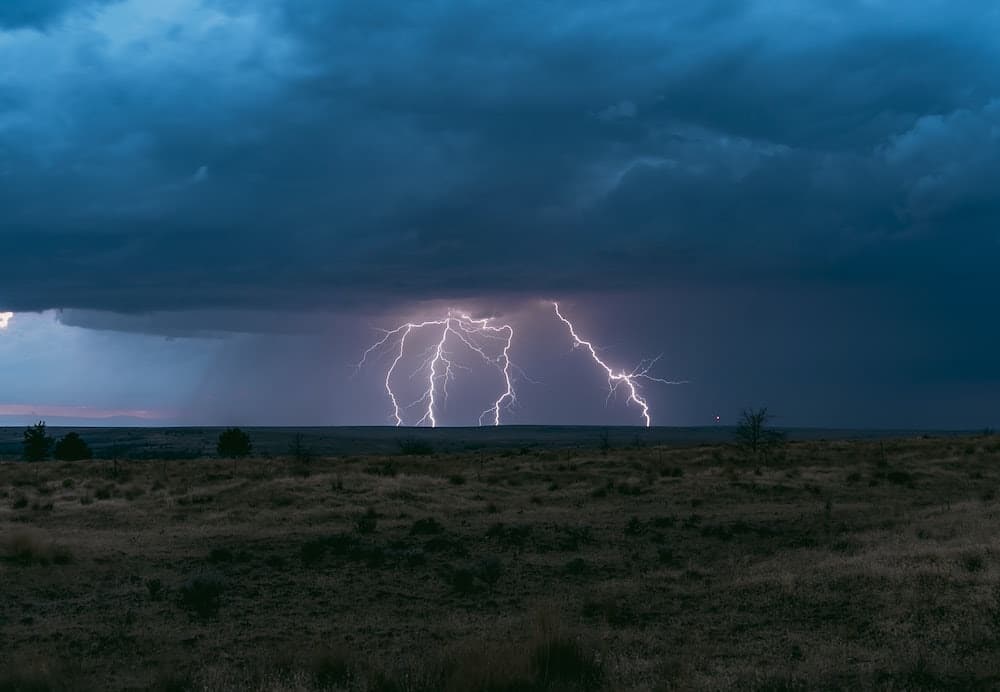
There’s no longer any doubt about it: Yes, climate change is responsible for the power of hurricanes. What’s more, hurricanes have become increasingly frequent in the North Atlantic in recent years.
It depends on the region, but in the North Atlantic Ocean, hurricanes evolve differently: their intensity literally explodes in a matter of hours, from tropical storm to hurricane, then to category 1 hurricane, then 2, even 3, 4 and 5. Two recent examples have called into question what meteorologists and climatologists knew about hurricane development: Ian in September 2022, then Idalia in August 2023. Both hurricanes devastated different parts of Florida in the USA.
What’s most disturbing about these two phenomena is their ultra-rapid intensification. Ian went from a tropical depression to a Category 3 hurricane in the space of three days. It strengthened explosively in just a few hours on contact with the warm waters of Florida. More recently, Idalia once again defied all knowledge on the subject: the hurricane went from category 1 to category 4 in 24 hours, an increase of 88 km/h in one day. For this type of phenomenon, a classic intensification corresponds to an increase of 35 km/h per day, according to American meteorologist Jordan Steele.

The speed with which Idalia has intensified is therefore out of the ordinary. How can such acceleration be explained? The answer is simple: the heat of the water.
In the late spring of 2023, all hurricane season meteorologists agreed that the season would be calmer than previous years, either average or below average. The return of the El Niño phenomenon is known to influence certain winds that make the formation of cyclonic phenomena more difficult, or slower: This means that tropical storms are less likely to develop into hurricanes and that hurricanes find it harder to intensify.
What happened this year was what was supposed to happen: except that El Niño took a long time to set in, and even when it did, it was “beaten” by another phenomenon. The overheating of the oceans, linked to global warming, clearly outweighed the effects of El Niño.
It’s incredible to find water so warm in the North Atlantic Ocean (it averaged over 25°C at the surface) that hurricanes were able to draw on this enormous hot bath to intensify. The main fuel for hurricanes is the heat of the water. In the case of the Florida hurricanes, the water has been a Jacuzzi since the start of summer. The highest water temperature ever recorded in the world was 38.38°C in Florida on July 24.

In addition to intensifying very rapidly, hurricanes are much wetter. The warmer the atmosphere, the more precipitation the cloud mass contains. According to Berkeley Lab, Hurricane Ian dumped 10% more precipitation due to the excessive heat of the Gulf of Mexico at the time.
This means that had the water not been 0.8°C warmer than normal in September 2022, Ian would have produced 10% less precipitation.
And in the case of hurricanes, the winds only damage the coastline, while the rains affect both coast and land for hundreds of kilometers.




